Luscious Lamiums, Let’s Beet It, Strawberry Pots and What’s Up North Garden Blog

I’m taking a break from racing with the weeds. It seems they’re winning. With cool temperatures and lots of moisture, our zone 5 garden has exploded with weeds. I spent a day weeding out most of the gardens last week, but they’re back with a vengeance this week with more rain. I’m just trying to keep up!
But many of our perennial flowers are loving this weather including our lamiums. These colorful ground covers are spreading and will be flowering soon with beautiful white, purple or pink blooms. Learn more about this shade tolerant, perennial ground cover here. By the way, If you’re interested in Flowering Vines, such as clematis, come to my talk on Saturday, May 3, 2025 at the Hollister House and Garden in Washington, CT at 10am.
It’s time to beet it. I mean, plant beets. Beets have had a kind of revival lately. There are baby beets that make a great addition to salads and colorful varieties that add a brightness to other dishes. I talk about planting and growing beets, including some cool varieties, in this newsletter.
Speaking of red colored edibles, what about strawberries? Many gardeners don’t grow strawberries thinking they need a big bed to get enough to eat. But if you’re just looking for a handful of berries for shakes, cereal or on ice cream, there are some space saving ways to grow them. I talk about varieties that produce berries all summer and ways to grow them in containers in this newsletter.
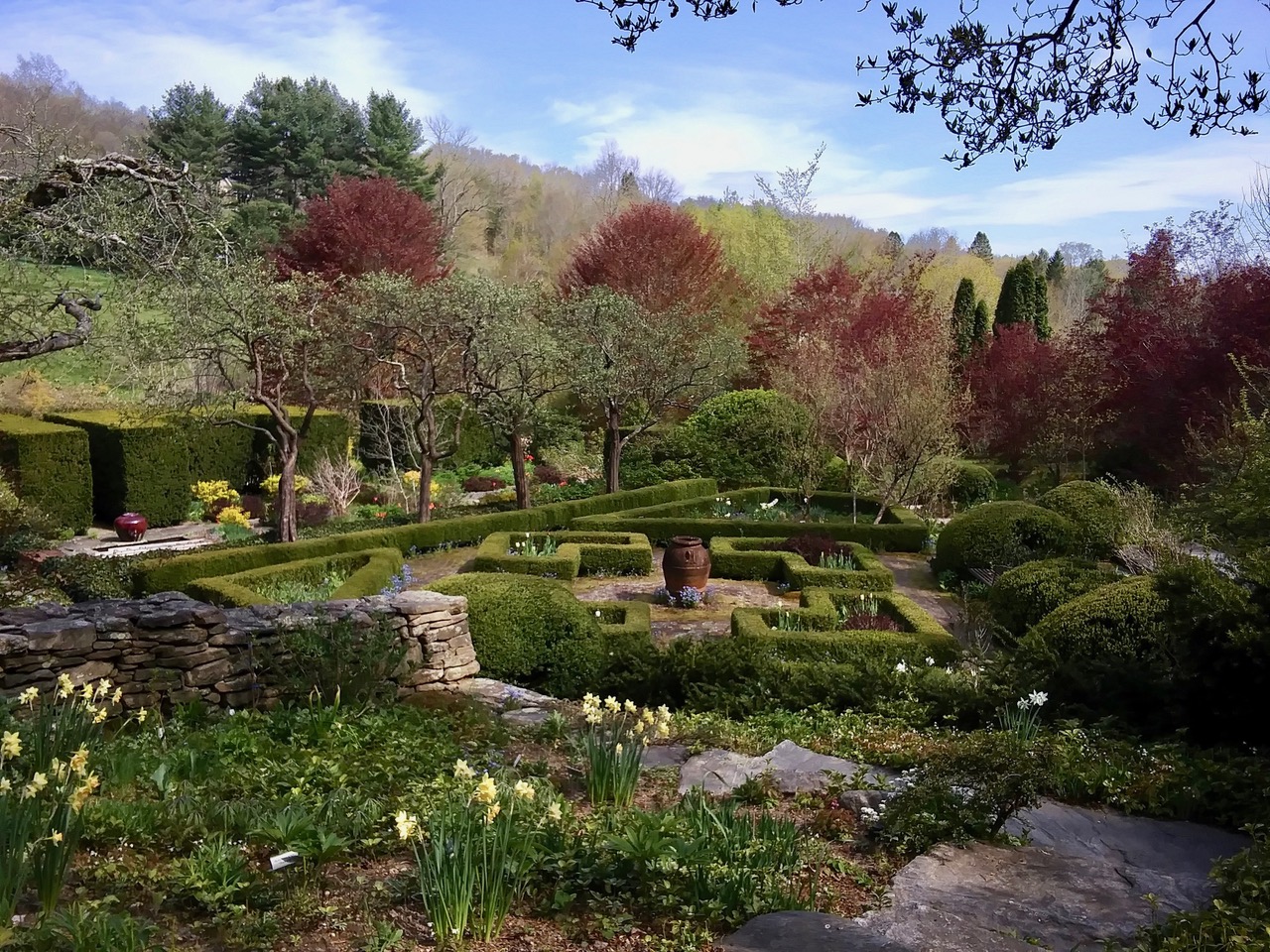
Hollister House Garden
I’m also introducing a relatively new, monthly garden blog I’ve started writing for Proven Winners called What’s Up North. It features great annual, perennial and shrub varieties for the North as well as seasonal tips and growing techniques. Check out some of my favorite unusual annuals and perennials for the North in this edition here.
Finally, if you jump on it quick, My Small Space Vegetable Gardening Webinar still is open for registration until Wednesday (4/30) morning. The actual webinar is live on Wednesday (4/30) at 6pm Eastern time. The webinar will feature some unusual varieties and growing techniques for America’s most popular vegetables, as well as soil building ideas, companion planting and pest controls. As always, there will be time for your questions as well. You don’t have to be present on Wednesday to get the webinar. Everyone who signs up will get a recording of the webinar a few days later to watch whenever they like. Come join me and up your vegetable gardening game!
Until next time I’ll be seeing you, in the garden.
Charlie

Where to Find Charlie: (podcasts, TV and in-person)
- In the Garden (WCAX-TV CBS) – This week: Pruning Hydrangeas
- All Things Gardening on Vt Public Radio– This week: Colorful Foliage Annual Flowers
- WJOY In The Garden Podcast– This week: Growing peppers and tomatoes in pots, Blueberry companions, Reseeding lawns and more
- Where’s Charlie Speaking? 5/3/25- Hollister House and Garden, Washington, CT. Talk on Growing Flowering Vines
How to Grow: Lamium
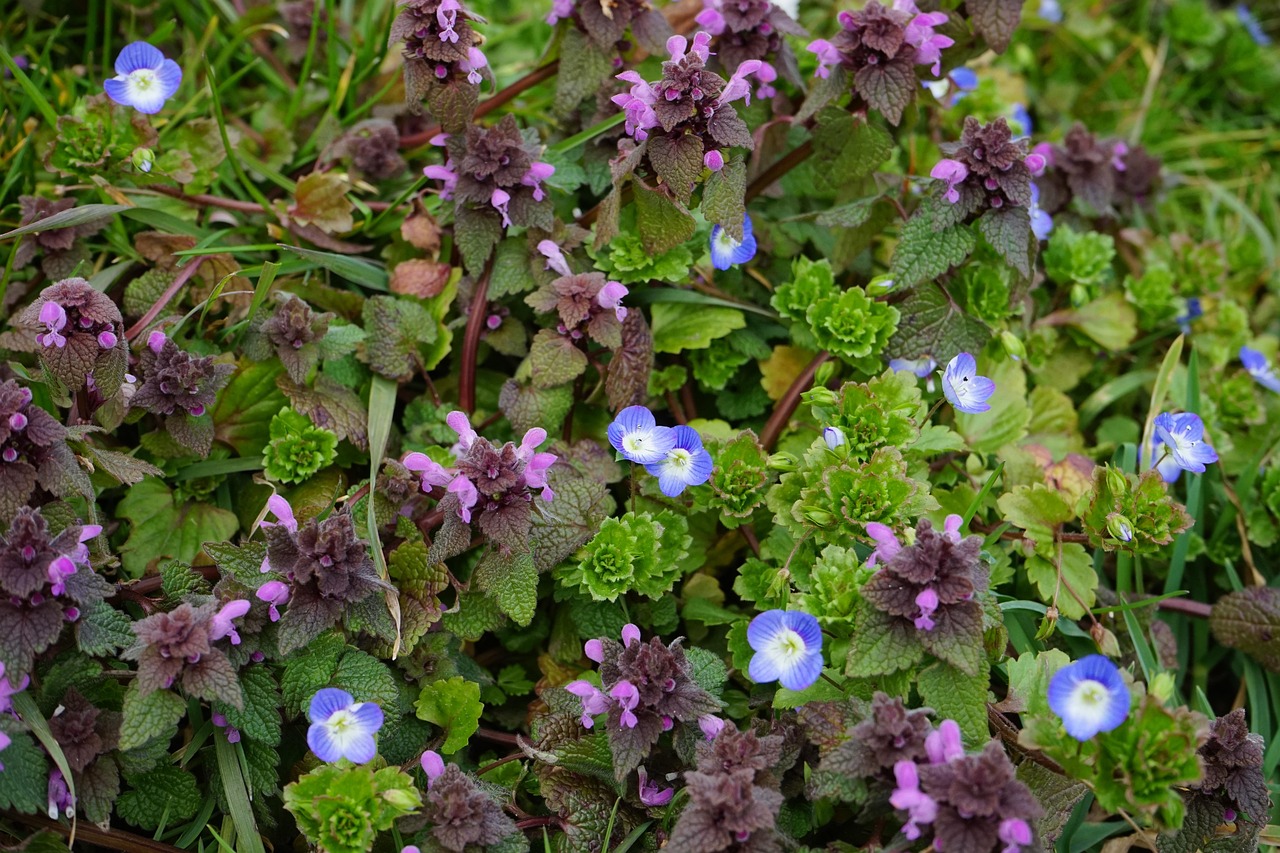
Ground covers make great additions to gardens. They provide color, soften the feel of a garden and help reduce weeds. They particularly are effective in shade gardens. Shade gardens often lack color, so having an attractive ground cover with colorful leaves and flowers is a bonus. One of my favorites is lamium. Also, known by the unfortunate common name, dead nettle, lamium is a tough perennial ground cover that comes back strong every spring. It’s lighting up one of our shade gardens right now with its silver colored foliage. Soon the pink flowers will form adding more beauty.
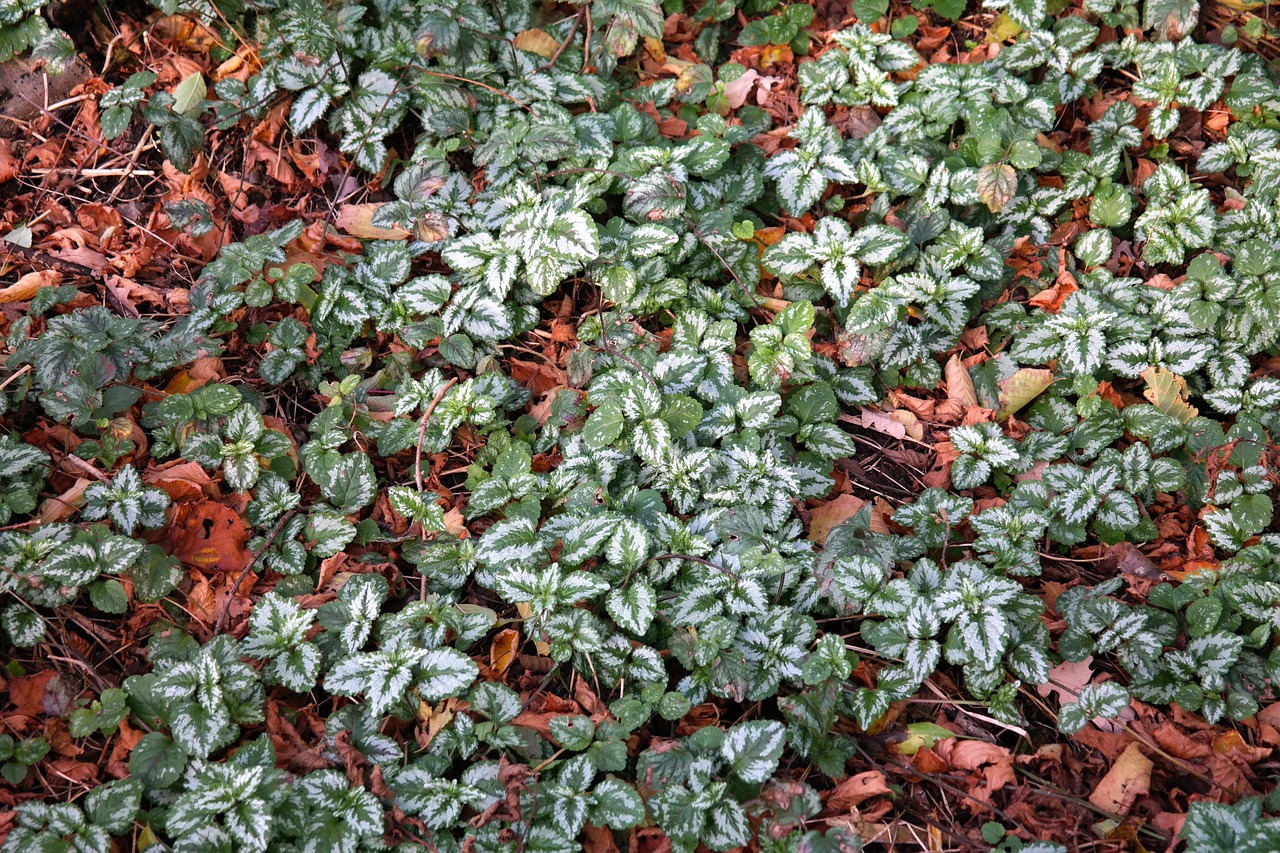
The variety in our garden is ‘Orchid Frost’. It features the silver foliage and pink flowers I mentioned on a zone 4 hardy plant. The plant only grows 8 inches tall and doesn’t seem bothered by animals or pests. Another similar classic is ‘White Nancy’ which has the same colored leaves, but white flowers. ‘Purple Dragon’ has silver leaves edged in dark green with bright, purple colored blooms. ‘Golden Anniversary’ grows a little shorter with tricolored leaves of silver, green and yellow and pink flowers. It’s a stunning combination.
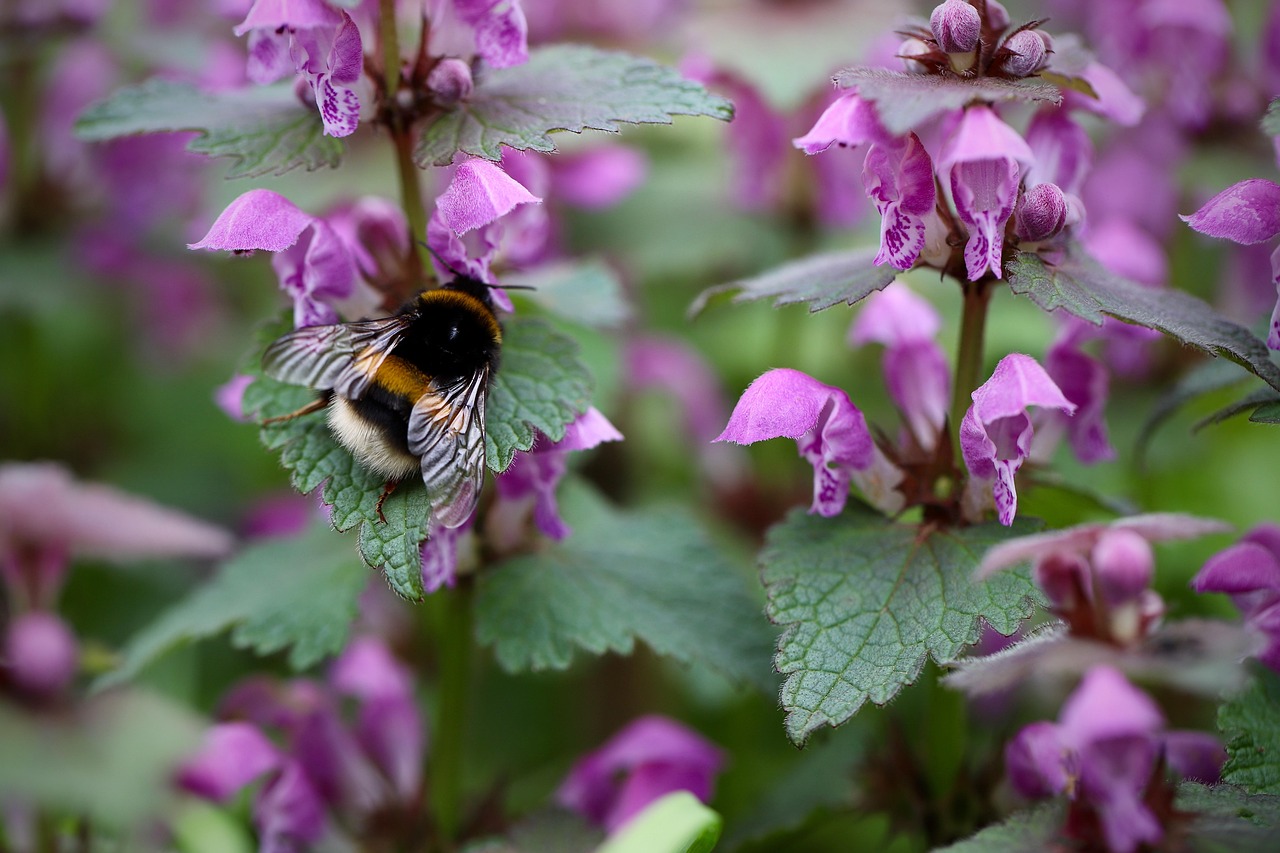
Lamium grows best in a part shade location, but can take more sun especially if it gets shade in the afternoon. In shadier spots it won’t flower as well. Lamiums grow well in moist, well-drained soil. While animals and pests don’t bother lamium, the flowers are favorites of bees and butterflies. Lamium grows well as an under story ground cover next to our medium sized magnolia or other small trees. It also works well with perennials such as hosta and brunnera. We even have some growing around our hydrangeas and they seem to live comfortably together.
Divide lamiums every few years to spread them around the landscape and to keep them in bounds. They do spread, but not that aggressively.
Learn more about lamiums and other ground covers here
How to Grow: Beets

The cool weather of April is perfect for sowing some vegetable seeds. Our peas are in and up, and now it’s beet time. Beets have had a kind of revival in the past years. You see them more used in restaurants and, with colorful varieties, they can add color to a variety of recipes. The beet seed we sow is actually a dried fruit which contains a number of seeds. This explains why even if you painstakingly sow the seeds at the proper spacing, you can still get 2 to 3 plants growing close together. That’s not a problem because beet greens are delicious and you can thin beets when small to harvest the greens and make room for the roots.
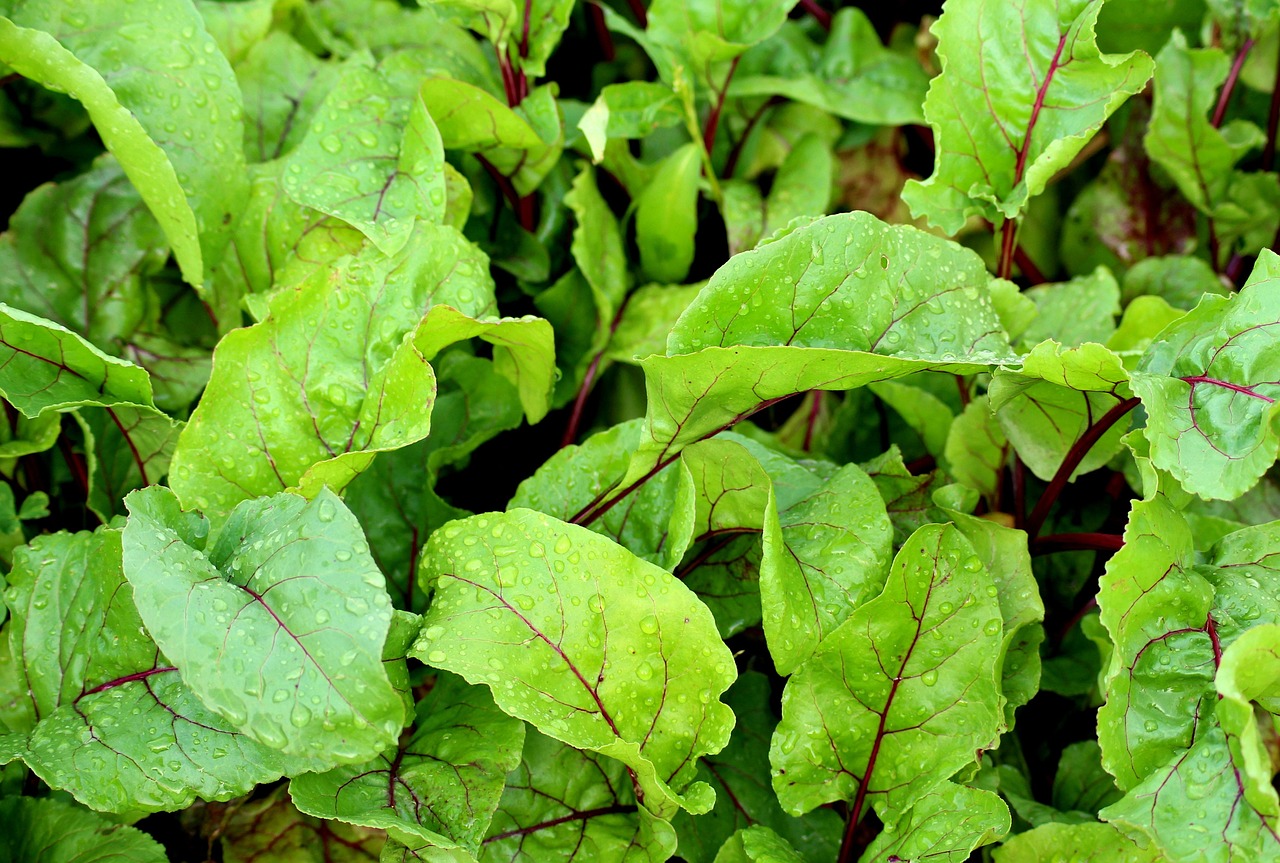
‘Red Ace’ is a widely adapted, classic hybrid red beet selection. ‘Chioggia Guardsman’ has roots with a candy stripe appearance. ‘Bulls Blood’ also has burgundy colored leaves. ‘Touchstone’ is a good yellow beet variety that holds its golden color when cooked and has a sweeter and milder flavor than red beets. It a good alternate to red beets that can color other vegetables when cooked. ‘Babybeet’ is a good, small sized beet variety that can be picked when the roots are young and still have a sweet flavor. There’s even a white beet ‘Avalanche’, that looks like a turnip, but has a beet flavor and no staining when cooked. A mix of striped, red, yellow and white beets can look fantastic in a recipe.
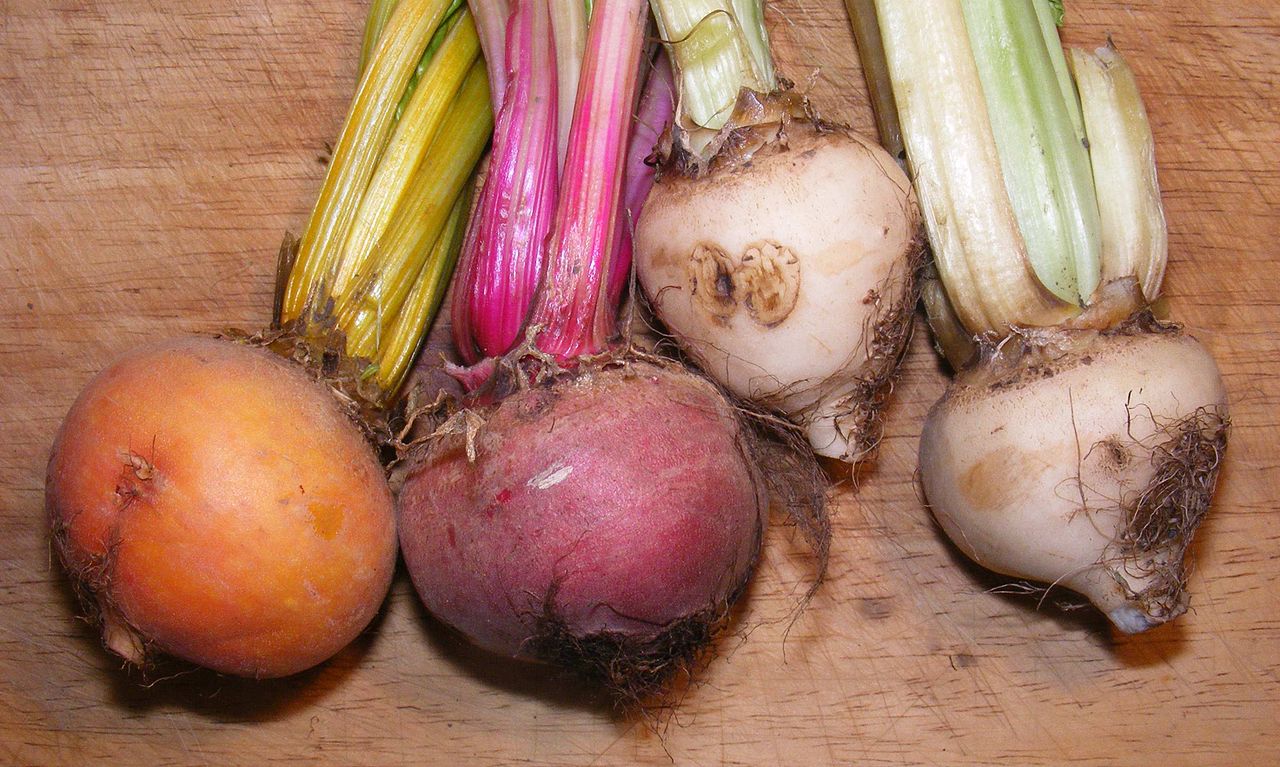
Beets like growing in moist, well-drained soil in full sun. They can take some part shade, but produce better in a sunny spot. Sow seeds now, broadcasting them with carrots and radishes in a bed. Broadcast seeding doesn’t waste as much space as planting in rows. You can thin all three roots the same time and eat the greens of all of them. Harvest beets once the roots form. I like picking them on the small side when the texture is more tender. Beets also make great container plants because the roots don’t grow deep in the soil and they take up little space.
Protect beet greens from leaf miners with a row cover. Mulch the bed with untreated grass clippings to prevent weed growth. Although, if you broadcast seed the roots on a raised bed, they grow thick enough that weeds may not be an issue.
Learn more about growing beets here
Strawberry Pots
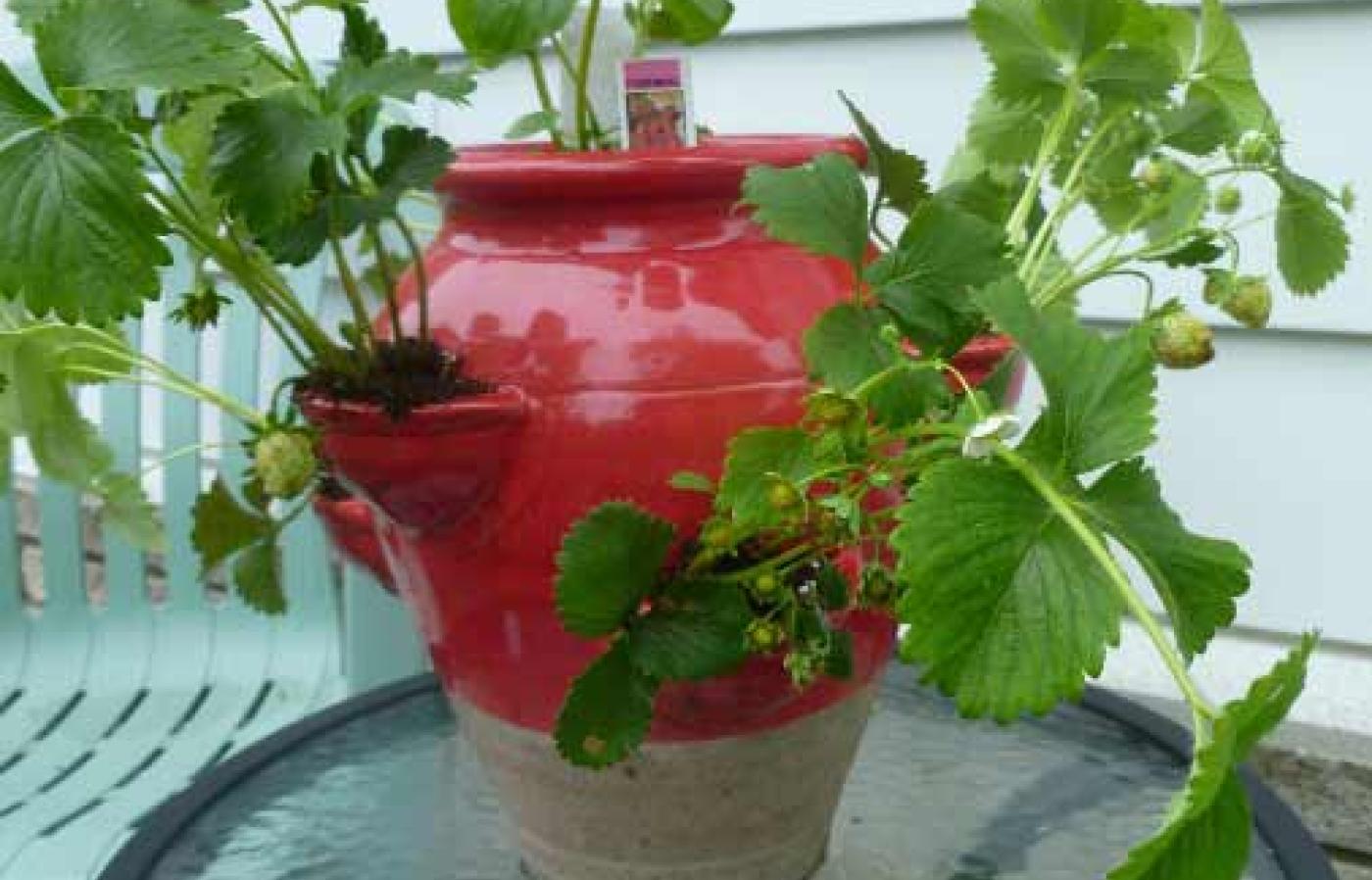
Oregon State University
Our strawberries are putting on growth and getting ready to flower. We’re fortunate to have a big garden so we plant strawberries in raised beds. If you don’t have room for beds of strawberries, try growing them in containers. Strawberry plants are adapted to container growing. You can plant them in one-half wine barrels, large plastic pots, hanging baskets and strawberry towers.
When growing strawberries in containers it’s best to grow the day neutral types. Day neutral strawberries produce berries all summer, just not in the same quantity as June bearing. They don’t put out as many runners, so they’re easier to manage. Varieties, such as ‘Seascape’ and ‘Evie-2’, are good selections. Start with 3 or 4 plants per container planted about 8 inches apart, depending on the pot size. Strawberries don’t produce well if crowded. In strawberry towers, each opening gets one plant. Strawberries like well drained soil that has some moisture in it. In containers, use potting soil with a generous amounts of perlite for the best water drainage. Adding some compost to a large container will help with water and nutrient retention. Plant strawberry roots in spring. For day neutral varieties, pick off the flowers the first year until July 1st, then let them flower. For established plants, allow them to flower starting in late spring.
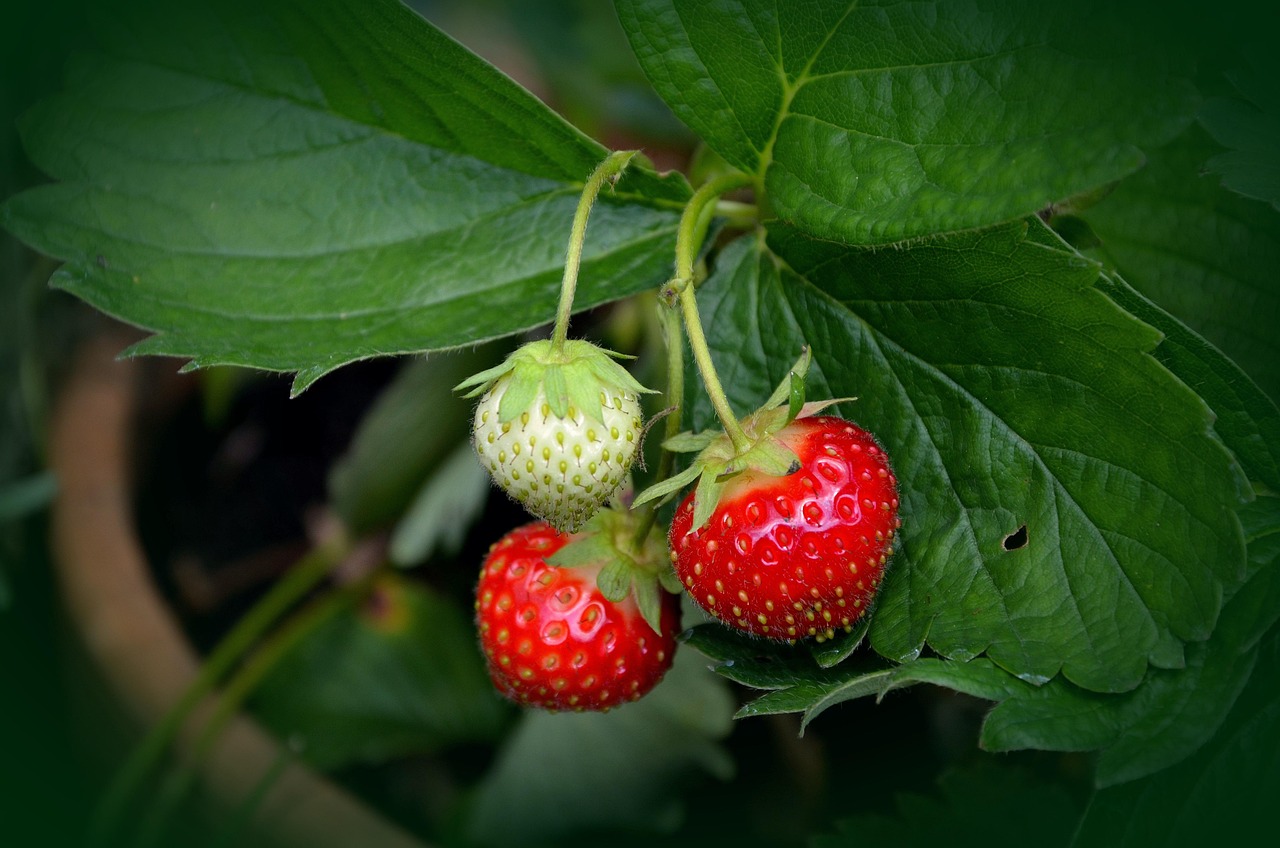
In hanging baskets, try growing alpine strawberries. These plants are smaller and more delicate. They produce smaller fruits in colors such as red, white and yellow. Most alpine strawberries do produce runners but they are easy to snip off the mother plant or let them hang over the edge of the basket for a draping look.
Grow strawberries in full sun for the best production. Fertilize the plants monthly with an organic product since they won’t have much nutrition from the potting soil. Hand pollinate the fruits with a cotton swab, if you live where few bees fly such as a high rise. Protect ripening fruits from squirrels and birds with netting. In cold areas in fall, move the container or tower into a protected location that stays above freezing.
Go here for more on growing strawberries
In Our Garden: What’s Up North Flower Blog
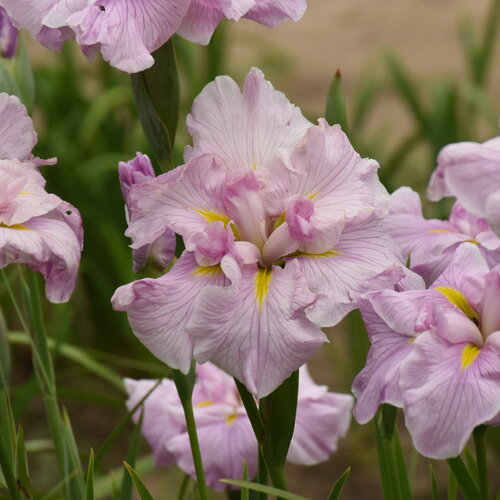
Proven Winners
If in the North and are wondering what annual and perennial flowers to grow and how to grow them in flower gardens or special locations, check out my monthly What’s Up North garden blog for Proven Winners. I highlight some of the best Proven Winner plants, many of which I grow, in this blog.
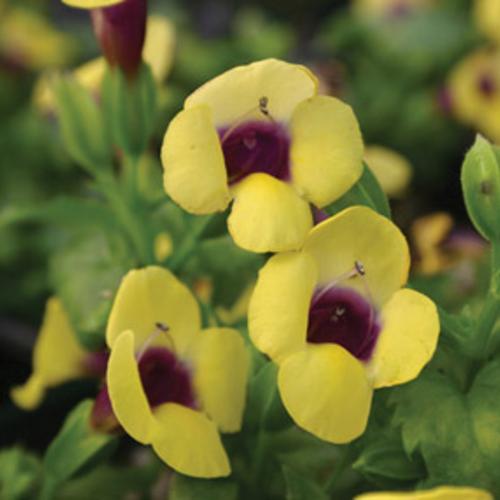
Proven Winners
In my latest blog I highlight some unusual, annual and perennial flowers. For annuals, I talk about plants for various growing conditions. For example, torenia is a great shade tolerant annual producing flowers all summer. For sun, I love Angelonia for its tall stature and multi-colored blooms. In dry areas, portulaca can’t be beat. And many annuals have great foliage colors such as cordyline and coleus.
For perennials, we love and grow Japanese iris, penstemon and stokesia to add some highlights to our gardens. Check out my favorite varieties of all these plants here. Enjoy!



